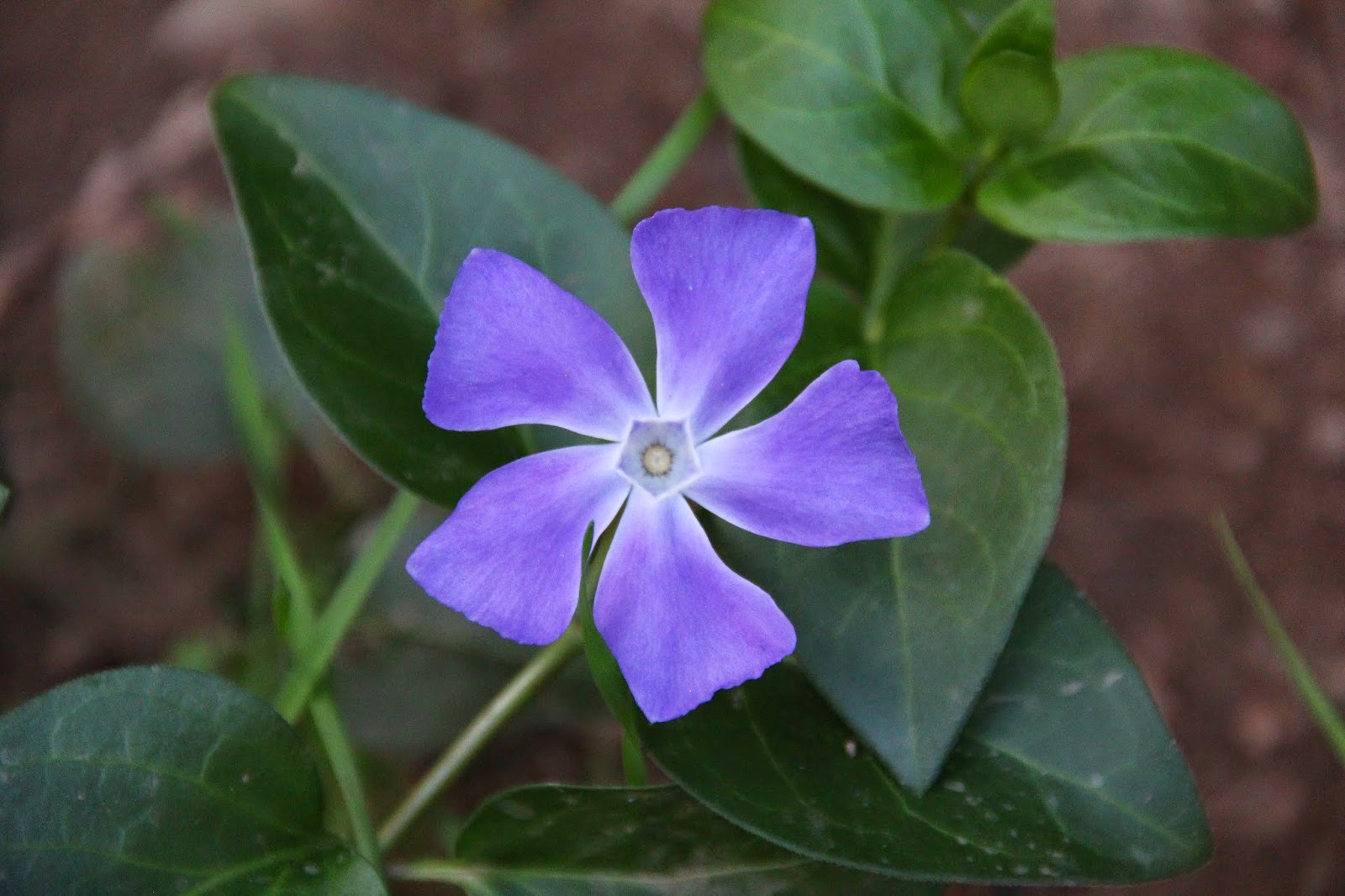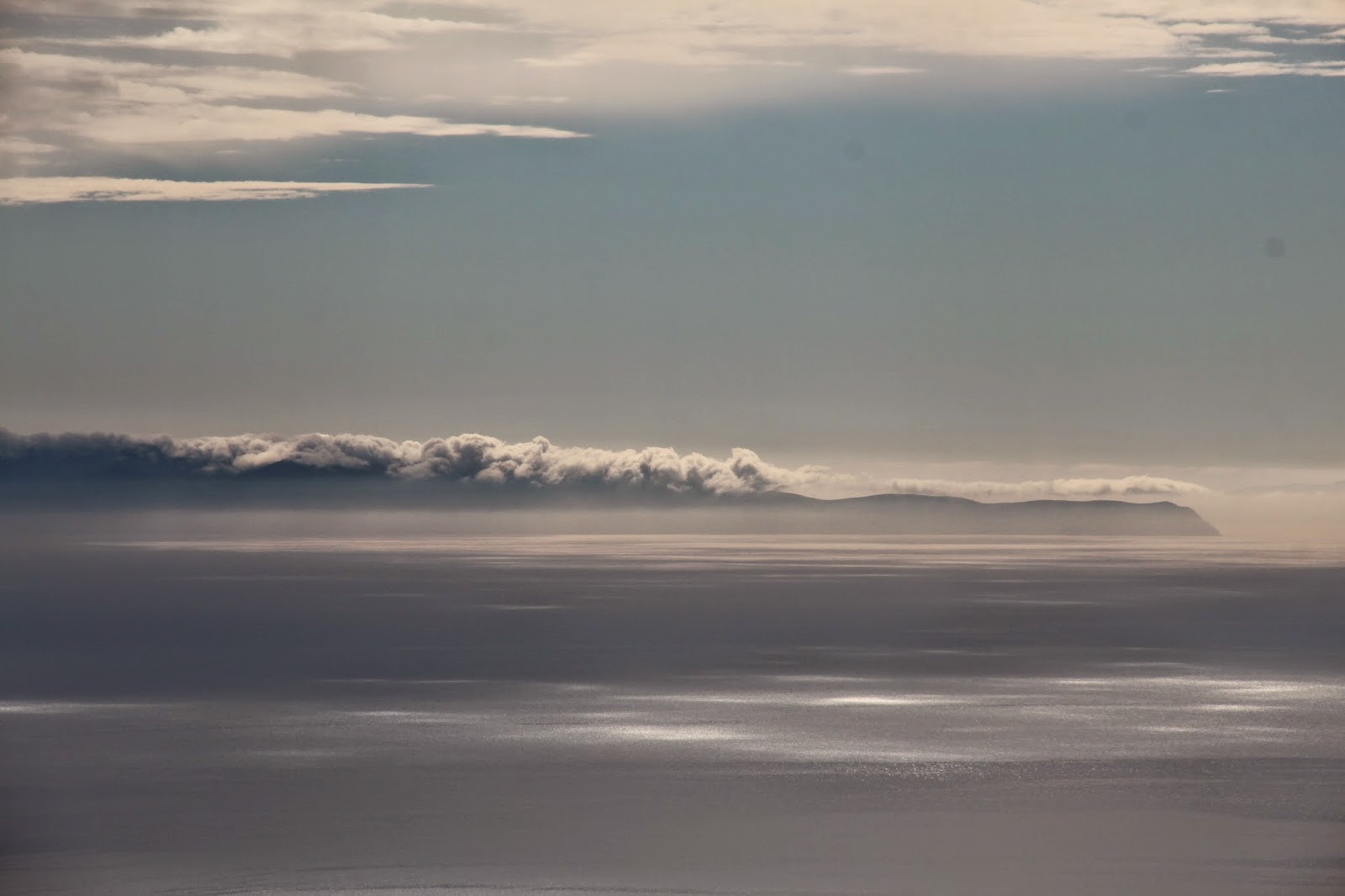 |
| Sunset Along Salt Creek Beach, Salton Sea |
With its stark aesthetic, substantial elbow room, endless warmth, and devil-may-care feeling, this is precisely the type of place that beckons to loners, introverts, drifters, vagabonds, anarchists, artists, eccentrics, desert rats, snowbirds, retirees, and non-conformists of all stripes. And beckon it has. Just east of Niland sits Slab City, an unsanctioned but strangely organized collection of squatters living in weathered mobile homes, beat-up campers, aging trailers, faded school buses, and other Mad-Max type structures. These new age wanderers, champions of self-reliance and unfiltered freedom, have chosen this chunk of BLM “wasteland” as their Eden far from the prying and restrictive norms of the madding herds.
 |
| Welcome to Slab City |
 |
| Shoe Tree in Slab City |
 |
| For Sale, $100 |
Enter Leonard Knight, a dreamer and Jesus freak who arrived in Slab City in the mid-1980s and never left. Starting in 1987 and continuing for the next 25 years or so, Leonard, driven by either demons or angels, created what has become known as Salvation Mountain, one of America’s truly unique and inspiring folk art sites. Splashed with bright colors, and adorned with folksy murals and Biblical quotations, Salvation Mountain is a three story mound of adobe, straw, and paint that rises from the creosote-studded desert to remind the world that “God is Love.”
 |
| Folk Artist Extraordinaire Leonard Knight |
 |
| Salvation Mountain |
 |
| Salvation Mountain Hogan |
 |
| Salvation Mountain Detail |
 |
| Hogan Interior |
 |
| Jesus I'm a Sinner |
 |
| Jesus Fire |
 |
| Tree of Truths |
 |
| God Is |
 |
| God Is Love |
The shadows were beginning to stretch long in the late afternoon sun as we drove north on Highway 111 along the eastern shore of the Salton Sea past Niland Marina County Park and the dilapidation that is Bombay Beach. Along the way, we made faces for the electronic spyware and the multitude of roadside cameras leading into the Immigration Check Point where we were quizzed about our citizenship and our other doings by a stern immigration official wearing a flak jacket. Having satisfactorily convinced the U. S. government that we were not undocumented Guatemalan immigrants that had snuck into the country illegally to steal low paying jobs with intolerable conditions from ambitious and hard-working citizens, we were permitted to proceed to Salt Creek Beach where we set up for the night along the shores of the Salton Sea.
The
“campground” at Salt Creek Beach is paradoxically both unimpressive and
impressive. To call it a campground is being charitable. In reality, it is an
alkali bench sandwiched between the Salton Sea to the west and Highway 111 and
the railroad tracks to the east. The north end of the campground is nothing
more than a gravelly parking area with space for motorhomes and trailers
(although there are no hook-ups); the south end is configured for primitive
camping.
There is no natural
shade at Salt Creek Beach. Being by the lakeshore it is buggy after the sun
sets. And rumor has it that in the warmer summer months, the combined stench
from the sea and the decaying Tilapia on its shores is intolerable. But the
primitive camp area of Salt Creek has shade shelters and concrete picnic
tables. It has spigots with potable water. It has surprisingly clean and
odor-free bathrooms. And it has outdoor showers stalls so you can wash off the Sonoran
sweat and dust. The $10 we spent for a night under the stars there was well
worth it.
 |
| Tent Site at Salt Creek Beach |
 |
| Salton Sea Sunset |
 |
| Salton Sea Birds |
 |
| Tilapia Carcass |
 |
| Barnacle "Sand" |
 |
| White Pelican in Flight |
 |
| Fading Light Over Salton Sea |
 |
| Darkness Descending on the Sea |
 |
| Salton City from Salt Creek Beach |
 |
| Dawn at the Salton Sea |
After cowboy coffee the following morning, we packed our backpacks and drove north toward the high desert. The National Park Service was waiving the entry fee to our national parks over the long holiday weekend so we decided to take advantage of the winter-that-never-was and backpack into Joshua Tree National Park for a night under the stars.
The
Keys West back-country registration board and parking area sits at the southern
terminus of the Boy Scout Trail, a heavily used 7 mile hiking trail that
originates near the Indian Cove campground on the northern fringes of the park.
Early Saturday afternoon of the President’s Day weekend, it was such a popular
spot that finding a place to leave a car for the night was a bit of a
challenge. Of course, most folks use the trailhead as a launching pad for day
hikes into the Wonderland of Rocks. But on this weekend, there was a steady
stream of backpackers sharing the trail with us as we made our way north in search
of the perfect tent site.
The
Wonderland of Rocks, which sits on the east side of the Boy Scout Trail, is a
12 square mile jumble of granite outcroppings, hidden corridors, sandy washes,
stately Joshua Trees, and secret water holes. As a result, it holds all the
best primitive camp spots along the Boy Scout Trail. Unfortunately, none of
these spots are legal as the Wonderland is day use only. That little technicality,
however, deterred absolutely no one on the day we visited. Backpackers poured
into the Wonderland and set up camp where they damn well pleased.
Not
far up the path, we found a flat spot hidden from the main trail and protected
from the wind with expansive views into the Wonderland. Believing that it was conceivable that we might
find another comparable spot, but certainly nothing superior, we laid claim to the
site before others could and set down stakes for the night. Then we went exploring
while the sun still hung high in the sky.
As the day came to a
close, and the light began to dim, we scaled a rocky precipice and watched while
the desert rock turned pink, then lavender, and ultimately black as the sun
disappeared over the western horizon. With the sun gone, the temperatures
dropped rapidly into the mid-30s (something the forecast unsurprisingly neglected
to predict) and we spent a good portion of the night fighting off the desert chill
in our fly-less tent.
 |
| View West toward San Gorgonio |
 |
| Joshua Tree Tent Site |
 |
| Colorful Cactus |
 |
| Late Afternoon Shadows |
 |
| Fading Light on Joshua Trees |
 |
| Sunset Over San Gorgonio |
 |
| Sunset Over the Wonderland of Rocks |
 |
| Wonderland of Rocks |
 |
| Last Light over the Wonderland |
 |
| Sunset |
 |
| Tent Under the Stars |
Early the next morning, the sun burst over the eastern ridge and made us warm again as we lounged like lizards on the rocks. We made coffee, talked about the awesomeness of the desert, plotted our next adventure, and otherwise lingered as long as we could to avoid leaving.
Back
at Keys West, the situation was total pandemonium. Cars clogged the parking
area. A line snaked out of the bathroom. Folks clogged the trailhead
understandably wanting a piece of what we just experienced. We loaded our gear
in the car and left the madding crowds of Joshua Tree for the madding crowds of Los
Angeles.
On the way back, we made
a pilgrimage to the Cabazon Dinosaurs which of course always reminds me of Pee
Wee’s Big Adventure. As we looked up at the T-Rex where Pee Wee and Simone supposedly
watched the sunrise, I thought to myself “We should really do this more often,
but…” It was at that moment that I thought I heard Pee Wee reply: “But what?
Everyone I know has a big ‘But…’ C’mon, let’s talk about ‘your’ big ‘But.’”
 |
| T-Rex at Cabazon |
 |
| Brontosaurus Close Up |









































